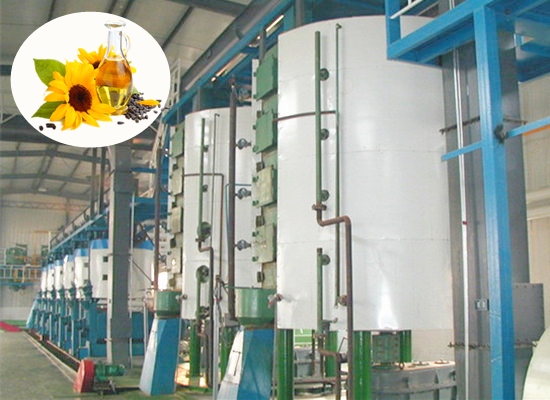
In today's market, consumers are increasingly demanding high-quality peanut oil. However, common quality issues such as low aroma, poor purity, and high impurity content often trouble them. So, what are the secrets behind producing high-quality peanut oil? Let's explore the strict quality control process from raw materials to finished products.
The first step in producing high-quality peanut oil is raw material pretreatment. One of the key operations is using a grading sieve. The grading sieve can effectively remove impurities such as soil, stones, and broken shells from peanuts. It can also separate defective peanuts, including moldy, damaged, and immature ones. For example, moldy peanuts may contain aflatoxins, which are highly toxic and can seriously affect the quality and safety of peanut oil. By removing these defective peanuts, we can ensure that only high-quality raw materials enter the next production stage.

Baking is a crucial step in producing fragrant peanut oil. The temperature during baking needs to be precisely controlled between 180°C and 200°C. When the temperature is within this range, the peanuts will undergo a series of chemical reactions, producing a rich and unique aroma. If the temperature is too low, the aroma will be insufficient; if it is too high, the peanuts may be over - baked, resulting in a burnt smell and affecting the quality of the oil. Through years of production experience, we have found that baking at this temperature range can ensure the best aroma and quality of peanut oil.
After baking, the peanuts enter the crushing stage. A pair - roller crusher and other equipment are used in this step. The crushing process can break the peanuts into smaller particles, increasing the contact area between the oil cells and the subsequent pressing equipment, thereby improving the oil yield. In addition, the peanut skins removed during the crushing process can also be reused, for example, as feed or in the production of bio - fertilizers, achieving comprehensive utilization of resources.
For oil extraction, a screw press is used. During the pressing process, strict control of temperature and moisture is required. The temperature is usually controlled at around 120°C to 130°C, and the moisture content of the peanuts is maintained at about 3% - 5%. Through two - stage pressing, the residual oil rate can be as low as about 5% - 7%, which is much lower than the industry average. This not only improves the oil yield but also ensures the purity and quality of the peanut oil.

Some peanut oils also need to go through a refining process to further improve their quality. Refining includes degumming, deacidification, decolorization, and deodorization. For example, degumming can remove phospholipids and other impurities in the oil, improving the clarity and stability of the oil; deodorization can remove unpleasant odors, making the peanut oil more pure and fragrant. Through these refining steps, the quality of peanut oil can reach a higher level.
Let's take a look at some data. In a production batch of our high - quality peanut oil, after strict raw material selection, the proportion of defective peanuts was reduced from about 5% to less than 1%. After baking at the optimal temperature, the sensory evaluation score of the peanut oil's aroma increased by about 20%. Through two - stage pressing, the oil yield increased by about 10% compared with the traditional single - stage pressing method. These data fully demonstrate the effectiveness of our quality control process.
Our company adheres to strict quality control standards and uses exquisite production processes to ensure that every drop of peanut oil meets the highest quality requirements. We are committed to providing consumers with the best - quality peanut oil. If you are looking for high - quality peanut oil, don't hesitate to choose our brand. Click the button below to place your order now!
Order Now
